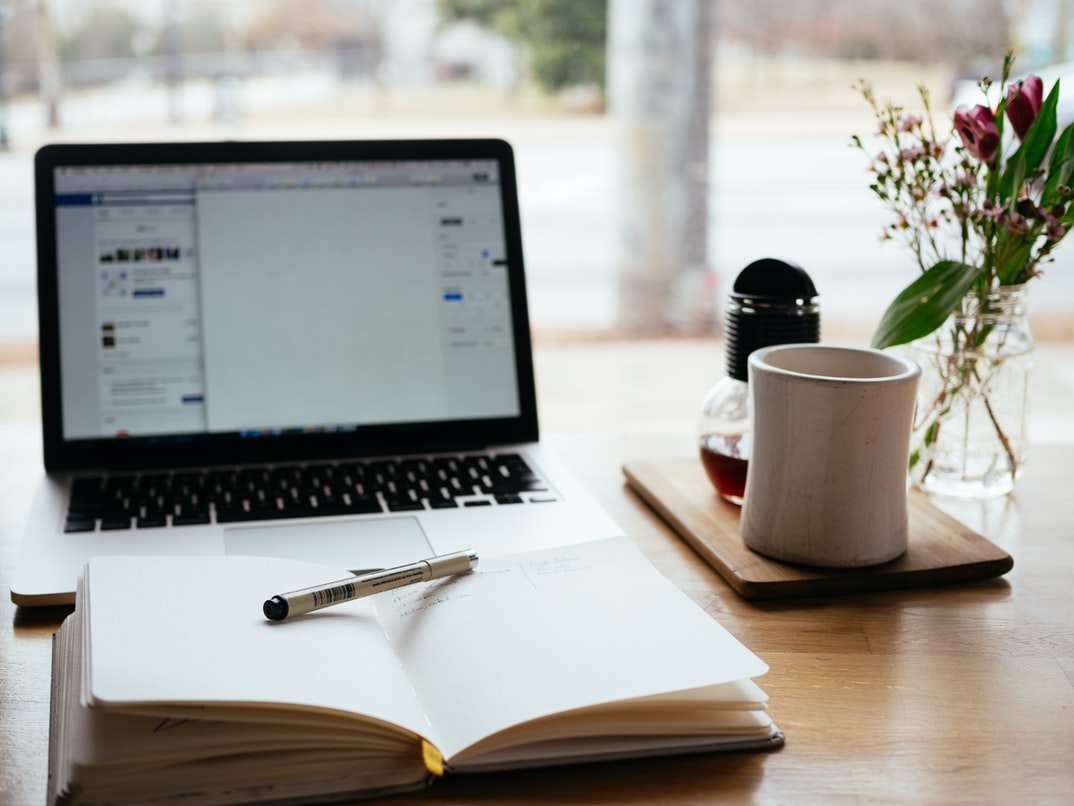Securing Django Applications with HashiCorp Vault (hvac): Concepts and Practical Examples
As the complexity of web applications increases, so does the need for robust security measures to protect sensitive data, credentials, and application secrets. HashiCorp Vault, commonly used with the hvac Python client, provides an effective solution for managing secrets, encrypting sensitive data, and dynamically generating credentials. When integrated with Django, Vault enhances security by preventing hardcoded secrets and offering robust encryption for customer data.
In this article, we'll cover key concepts of HashiCorp Vault, its integration through the hvac Python client, and how to secure sensitive customer data in Django models.
What is HashiCorp Vault?
HashiCorp Vault is an open-source tool designed for securely managing secrets, such as API keys, passwords, database credentials, and encryption keys. It provides a centralized platform to store and access these sensitive pieces of information securely. Vault enables secrets management, encryption as a service, dynamic secrets (like database credentials), and much more.
Key Concepts of Vault:
1.Secrets Engine: Vault provides different types of secrets engines to manage credentials, keys, and sensitive data. Some common engines include:
- Key-Value (KV) for storing secrets like API keys.
- Transit for encryption and decryption operations.
- Database for dynamically generating database credentials.
2.Authentication: Vault provides multiple methods to authenticate clients (users, applications) such as tokens, AppRole, AWS IAM, LDAP, etc.
3.Access Control: Vault uses Role-Based Access Control (RBAC) to define who or what can access specific secrets based on policies.
4.Dynamic Secrets: Unlike static secrets, Vault can generate short-lived dynamic secrets (like database credentials), which are revoked after use or after a specified time.
Why Integrate HashiCorp Vault with Django?
In Django applications, sensitive information such as database credentials, API keys, and encryption keys are often stored in environment variables or configuration files. This practice can expose your secrets to unnecessary risks. Vault provides a more secure way to handle these critical secrets by:
- Securely storing API keys and credentials using the KV engine.
- Encrypting sensitive customer data with the Transit engine.
- Managing dynamic credentials for databases, removing the need for static database usernames and passwords.
Practical Example: Integrating hvac with a Django Data Model
Let’s dive into how to apply Vault to secure customer data and manage secrets dynamically in a Django web application.
Scenario: Encrypt Customer Data in Django
We’ll assume you are building a Django web app that stores sensitive customer information like addresses. Instead of storing this data as plain text, you can encrypt it using HashiCorp Vault’s Transit Secrets Engine.
Step-by-Step Example:
1.Enable the Transit Secrets Engine in Vault:
To start, enable Vault’s transit engine and create an encryption key:
vault secrets enable transit
vault write -f transit/keys/django-encryption-key2.Install the hvac Python Client:
Install the hvac library to communicate with Vault from your Django app:
pip install hvac3.Django Data Model with Encryption:
In your Django app, create a customer model where customer addresses are encrypted before being stored in the database.
import base64
import hvac
from django.db import models
# Initialize Vault client
client = hvac.Client(url='http://127.0.0.1:8200', token='your-vault-token')
class Customer(models.Model):
name = models.CharField(max_length=100)
email = models.EmailField()
encrypted_address = models.TextField()
def encrypt_address(self, address):
# Encrypt the address using Vault Transit engine
address_b64 = base64.b64encode(address.encode()).decode()
encrypted_data = client.secrets.transit.encrypt_data(
name='django-encryption-key',
plaintext=address_b64
)
return encrypted_data['data']['ciphertext']
def decrypt_address(self):
# Decrypt the stored encrypted address
decrypted_data = client.secrets.transit.decrypt_data(
name='django-encryption-key',
ciphertext=self.encrypted_address
)
decrypted_b64 = decrypted_data['data']['plaintext']
return base64.b64decode(decrypted_b64).decode()
def save(self, *args, **kwargs):
# Encrypt address before saving it in the database
self.encrypted_address = self.encrypt_address(self.encrypted_address)
super().save(*args, **kwargs)- encrypt_address: This method encrypts the customer’s address using Vault’s transit engine.
- decrypt_address: This method decrypts the encrypted address when you need to display or use it.
4.Django View to Access Customer Data:
In your Django views, you can decrypt the address and display it securely.
from django.shortcuts import render, get_object_or_404
from .models import Customer
def customer_detail_view(request, customer_id):
customer = get_object_or_404(Customer, id=customer_id)
decrypted_address = customer.decrypt_address()
return render(request, 'customer_detail.html', {'customer': customer, 'address': decrypted_address})Here, the decrypt_address method is called to display the original address in the view.
Benefits:
- Data Encryption: Customer addresses are securely encrypted before being stored in the database.
- Vault-managed Encryption: Vault handles encryption and decryption, ensuring that keys are stored securely and managed centrally.
Additional Use Cases for hvac in Django
1. Storing API Keys Securely:
Instead of hardcoding API keys in settings.py, store them in Vault and retrieve them dynamically at runtime.
Example:
import hvac
# Vault client initialization
client = hvac.Client(url='http://127.0.0.1:8200', token='your-vault-token')
# Fetching API key from Vault
def get_stripe_key():
secret = client.secrets.kv.v2.read_secret_version(path='secret/my-app/stripe')
return secret['data']['data']['key']Use get_stripe_key() to retrieve the API key when needed.
2. Managing Dynamic Database Credentials:
Use Vault to dynamically generate and rotate short-lived credentials for your database (e.g., PostgreSQL), improving security and reducing the risk of credential leaks.
Best Practices When Using Vault with Django
- Use Role-Based Access Control (RBAC): Define roles and policies to ensure only authorized services and users can access secrets.
- Automate Secret Rotation: For secrets like database credentials, use Vault’s dynamic secret generation to rotate credentials regularly.
- Audit and Monitor Access: Vault provides detailed audit logs that help you track when and how secrets are accessed.
- Environment Variables for Vault Tokens: Avoid hardcoding Vault tokens in your code. Use environment variables or secure token management solutions.
Conclusion
Integrating HashiCorp Vault with Django through the hvac client provides robust security for managing sensitive customer data, application secrets, and dynamic credentials. By encrypting sensitive fields, securely storing API keys, and leveraging dynamic secrets, Vault can significantly improve the security posture of your web application. Adopting these practices helps protect against common security vulnerabilities while ensuring sensitive data is handled responsibly.
If you're looking to implement advanced security mechanisms in your Django web app, Vault should be a cornerstone of your architecture.
Get in Touch with us
Related Posts
- 她的世界
- Her World
- Temporal × 本地大模型 × Robot Framework 面向中国企业的可靠业务自动化架构实践
- Building Reliable Office Automation with Temporal, Local LLMs, and Robot Framework
- RPA + AI: 为什么没有“智能”的自动化一定失败, 而没有“治理”的智能同样不可落地
- RPA + AI: Why Automation Fails Without Intelligence — and Intelligence Fails Without Control
- Simulating Border Conflict and Proxy War
- 先解决“检索与访问”问题 重塑高校图书馆战略价值的最快路径
- Fix Discovery & Access First: The Fastest Way to Restore the University Library’s Strategic Value
- 我们正在开发一个连接工厂与再生资源企业的废料交易平台
- We’re Building a Better Way for Factories and Recyclers to Trade Scrap
- 如何使用 Python 开发 MES(制造执行系统) —— 面向中国制造企业的实用指南
- How to Develop a Manufacturing Execution System (MES) with Python
- MES、ERP 与 SCADA 的区别与边界 —— 制造业系统角色与连接关系详解
- MES vs ERP vs SCADA: Roles and Boundaries Explained
- 为什么学习软件开发如此“痛苦” ——以及真正有效的解决方法
- Why Learning Software Development Feels So Painful — and How to Fix It
- 企业最终会选择哪种 AI:GPT 风格,还是 Gemini 风格?
- What Enterprises Will Choose: GPT-Style AI or Gemini-Style AI?
- GPT-5.2 在哪些真实业务场景中明显优于 GPT-5.1














